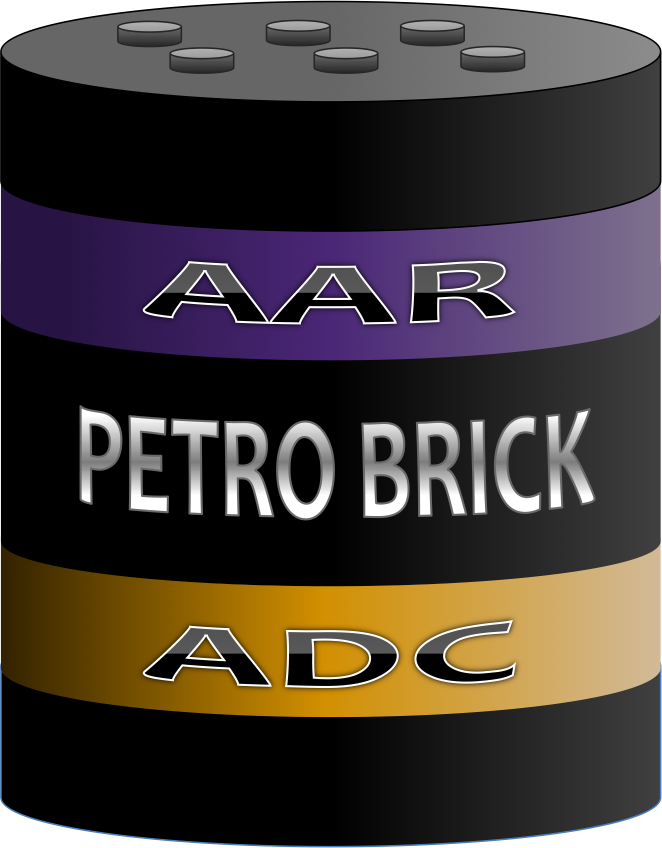Team:Washington/Alkanes/Methods
From 2011.igem.org
(→Introducing the PetroBrick) |
|||
| Line 4: | Line 4: | ||
=Introducing the PetroBrick= | =Introducing the PetroBrick= | ||
| - | [[Image:Washington_2011_PetroBrick.png|220px|frameless|border | + | [[Image:Washington_2011_PetroBrick.png|220px|frameless|border|link=http://partsregistry.org/wiki/index.php?title=Part:BBa_K590025|left]] |
| + | |||
| + | :::::::::: In order to produce alkanes, we need both acyl-ACP reductase (AAR) and aldehyde decarbonylase (ADC) to work together in the cell. In order to achieve this goal, we used standard cloning methods to construct a Biobrick that contained both AAR and ADC under a high constitutive promoter, each with it's own Elowitz standard RBS. This construct successfully synthesized our target product, and thus we have created a new modular alkane-producing platform: the PetroBrick. | ||
| - | |||
[[Image:Washington2011_PetroBrick_Construct.png|730px|frameless|border|left|link=http://partsregistry.org/wiki/index.php?title=Part:BBa_K590025]] | [[Image:Washington2011_PetroBrick_Construct.png|730px|frameless|border|left|link=http://partsregistry.org/wiki/index.php?title=Part:BBa_K590025]] | ||
Revision as of 21:53, 16 September 2011
Introducing the PetroBrick
- In order to produce alkanes, we need both acyl-ACP reductase (AAR) and aldehyde decarbonylase (ADC) to work together in the cell. In order to achieve this goal, we used standard cloning methods to construct a Biobrick that contained both AAR and ADC under a high constitutive promoter, each with it's own Elowitz standard RBS. This construct successfully synthesized our target product, and thus we have created a new modular alkane-producing platform: the PetroBrick.
Alkane Production
After we have the complete assembled gene in our hand, the next step is to transform it into the cells and start the growing and alkane production process. We plate the cells after transformation and let them grow in 37 degree incubator. At the second day, we pick couple cells from the plate and inoculate them into the TB media to grow overnight. At the third day, we pallet the cells from the overnight growing TB media. Then resuspend them in sterile water and measure the OD of the cell water. Once we have the OD of the cell water, we calculate the volume of the cell water need to inoculate into each of the alkane production media at same OD.
Alkane Extraction
After the cells have gone through the alkane production process, the next step is to extract alkane out of the mixture of cells and media. The method we come up here is to use acyl acetate. First, We add acyl acetate directly into the glass test tube for cell growing. Then we votex till to everything is well mixed to make sure all the alkanes go into acyl acetate. Second, we spin down the mixture by using centrifuge to form three layers (cell pallet, media, and acyl acetate), which makes it easier to take out the acyl acetate for assay.
Alkane Detection
Explain GCMS... again basically graphics from presentation with text
 "
"





